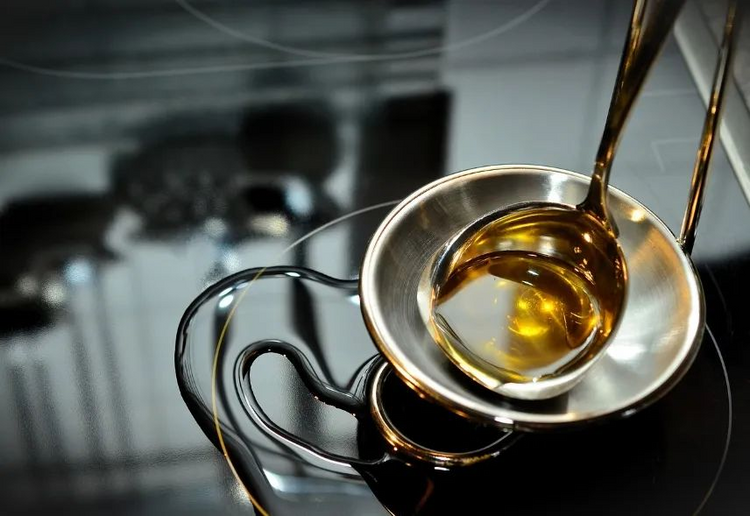
Edible oil is an indispensable part of human diet, providing nutrition, energy, and rich flavors to our food. In our daily lives, we may encounter the phenomenon of edible oil developing a ‘umami’ taste due to prolonged storage. What causes this phenomenon?

Edible oil is prone to oxidation during processing and storage, leading to a decline in its quality, especially under conditions of high temperature, light, and oxygen. Auto-oxidation is a major process causing the oxidation and deterioration of fats, involving a free radical chain reaction composed of initiation, propagation, and termination steps.
The primary product of lipid oxidation, hydrogen peroxides, is relatively stable at room temperature and can be used to assess the oxidative status of edible oil. However, hydrogen peroxides are prone to decompose into alcohols, aldehydes, ketones, and other secondary oxidation products, which can have a negative impact on cell growth. Due to the toxicity of these compounds, quantifying them is necessary for determining the degree of oil oxidation.

The ‘Peroxide Value’ is a crucial physicochemical indicator for assessing the primary oxidation level of edible oil. It is commonly used to measure the total content of hydrogen peroxides and monitor the extent of lipid oxidation. It reflects the quantity of peroxides and is defined as the millimoles of active oxygen per kilogram of oil sample (mmol/kg). When the peroxide value exceeds a critical threshold, the edible oil may develop rancid odors, and it could even lead to food poisoning.
To delay the oxidation of edible oil as much as possible, it is essential to adopt proper storage methods.
- Avoid Sunlight Exposure: Store the edible oil in a cool, well-ventilated, and dark place to prevent exposure to sunlight. Ultraviolet rays in sunlight can accelerate the oxidation of fats, leading to the production of harmful substances.
- Control Storage Temperature: Ensure that the storage temperature does not exceed 25 degrees Celsius. Avoid stockpiling excessive amounts of oil; purchasing as needed allows for the consumption of relatively fresh edible oil.
- Choose the Right Container: Select containers that minimize the exposure of edible oil to oxygen. The materials of the storage containers should be safe, meeting food hygiene requirements to prevent contamination by microorganisms and other pollutants.

